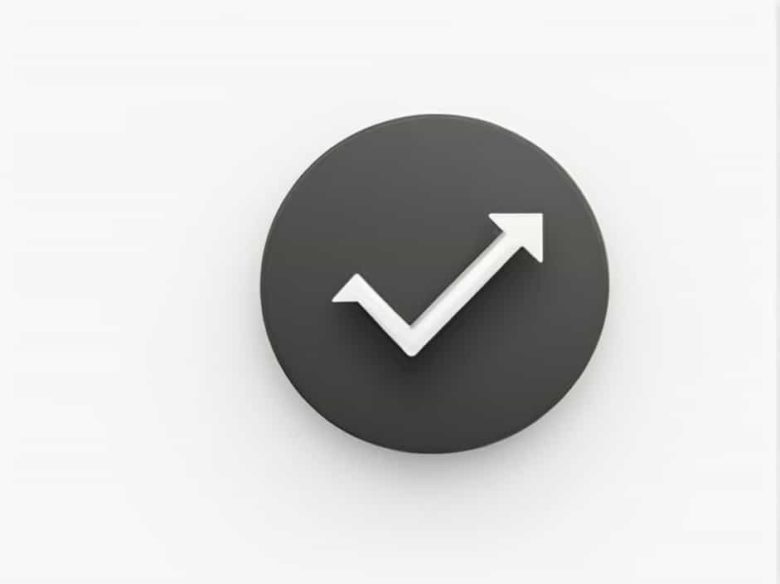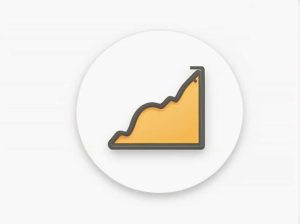A Production Possibility Curve (PPC) is a graphical representation that illustrates the different combinations of two goods or services an economy can produce with available resources and technology. The curve demonstrates the concept of opportunity cost efficiency and economic trade-offs.
Key Concepts of the PPC
1. Scarcity and Trade-Offs
Since resources are limited economies must make choices about what to produce. The PPC shows the trade-offs between producing different goods—when more of one good is produced less of another can be made.
2. Opportunity Cost
Every decision to allocate resources to one product results in the loss of another. This sacrifice is known as opportunity cost which is represented by the downward slope of the PPC.
3. Efficiency and Inefficiency
- Points on the Curve → Represent full utilization of resources (efficient production).
- Points Inside the Curve → Indicate underutilization of resources (inefficiency).
- Points Outside the Curve → Are unattainable given current resources and technology.
Understanding PPC Data
PPC Table Example
A PPC dataset usually includes numerical values showing different production possibilities for two goods.
| Production Option | Good A (Units) | Good B (Units) |
|---|---|---|
| A | 10 | 0 |
| B | 8 | 2 |
| C | 5 | 5 |
| D | 2 | 8 |
| E | 0 | 10 |
The table above illustrates that as production shifts from Good A to Good B fewer units of Good A are produced reflecting the opportunity cost.
PPC Graph Interpretation
When the data from the table is plotted on a graph it typically forms a concave curve (bowed outward) indicating the law of increasing opportunity costs—as more of one good is produced the opportunity cost of producing additional units increases.
Factors Affecting the PPC
1. Resource Availability
The amount of labor land capital and raw materials determines how much an economy can produce.
2. Technology Advancements
Improved technology can shift the PPC outward allowing more production with the same resources.
3. Economic Growth
An increase in available resources or better efficiency shifts the PPC outward enabling more production.
4. Natural Disasters or Wars
Events like natural disasters wars or economic crises can shift the PPC inward reducing production capacity.
Shifts in the PPC Curve
Outward Shift (Economic Growth)
- Improved technology
- Increase in labor force
- Discovery of new resources
Inward Shift (Economic Decline)
- Natural disasters
- Resource depletion
- Decline in workforce
Real-World Applications of PPC
1. Government Policy Decisions
Governments use PPC analysis to allocate resources effectively between sectors like healthcare defense and education.
2. Business Production Planning
Companies analyze PPC data to decide how to allocate resources efficiently between different products or services.
3. Environmental Resource Management
PPC helps determine how to balance resource extraction with environmental conservation efforts.
The Production Possibility Curve is a fundamental economic tool that illustrates trade-offs opportunity costs and efficiency in resource allocation. By analyzing PPC data economists and policymakers can make informed decisions that maximize production and economic growth.



